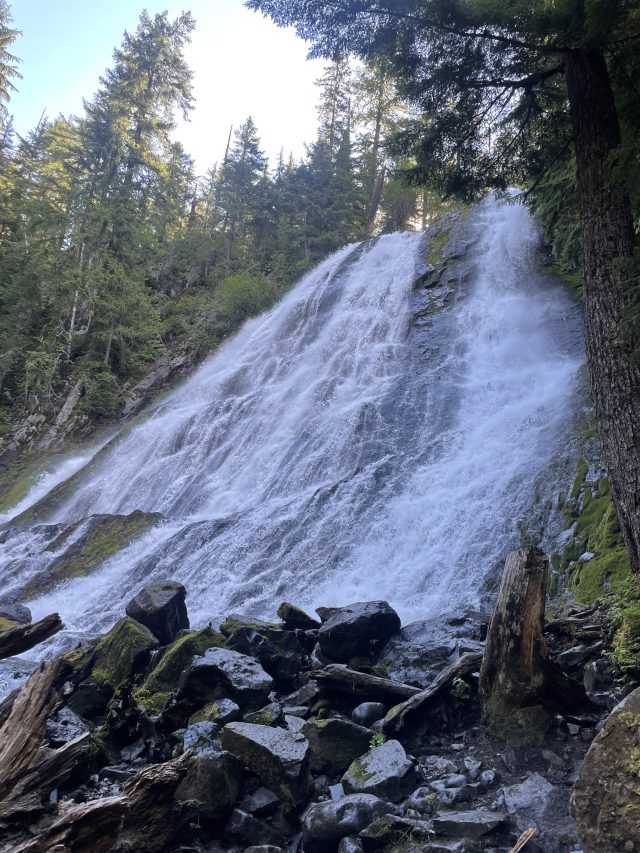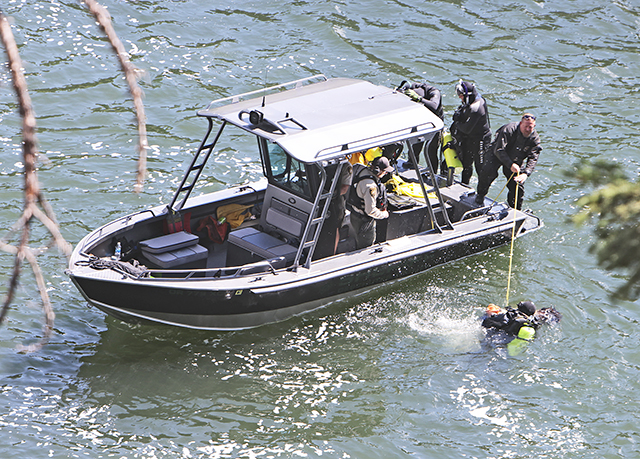Navigating the spring freeze-thaw like a pro
Published 1:00 am Friday, March 12, 2021

- People walk on a paved trail at Pilot Butte State Park.
We’ve all been there. It’s a sunny spring day with the temperature pushing 60. You’re itching to ride your mountain bike after a long, cold winter. You head out, picturing sailing along the fast, flowy trails Bend is famous for.
An hour later you’re slowly slogging your way down a muddy trail, knowing you’ll have to spend an hour cleaning your bike, shoes, clothes and yourself when you get home. You know you should turn around — but wait, is that a dry patch up ahead?
Trending
You think: I should’ve gone skiing, or climbing, or — anything but this!
The spring freeze/thaw cycle wreaks havoc on our local trails. Melting snow and warmer daytime temperatures form a smorgasbord of slushy puddles and inches-thick mud. Colder nighttime temperatures cause ruts formed by riders’ tires to set up like concrete.
The verdict: not fun.
Riding (bikes or horses), walking or running on muddy trails also does long-term damage. As people try to navigate around the water and mud, the trail widens from fun singletrack to nearly road width. The smooth trail tread that’s so fun to ride becomes rutted and bumpy. Soil is displaced, causing erosion that dislodges rocks and other features that make mountain biking exciting and challenging. Check out Deschutes Land Trust’s recent blog post on muddy trails for more information on how to preserve our trails.
How can you avoid muddy trails? Here are some tips and ideas.
Learn the patterns of the season. The freeze-thaw cycle can persist well past the last rain or snow and past when everything seems to be melted out. Popular areas like Horse Ridge, Horse Butte and especially Phil’s Trailhead, take longer to dry out than you would think. The first singletrack trail networks to dry out — in roughly descending order — are usually the Madras East Hills, Cline Butte, the Radlands in Redmond, Maston, and the Lower and Upper 66 in Prineville. And watch out for the killer mud and bumps made by cattle at Gray Butte.
Trending
Check the conditions. Check out bendtrails.org. Someone has probably ridden there recently and reported on the conditions.
Consider a new or different activity. Downhill skiing or snowboarding, cross-country skiing, snowshoeing, snowmobiling, kayaking, canoeing, rock climbing and road biking are all great alternatives when the trails are muddy. And that’s not even a complete list! Am I dreaming? Do I live here?
Consider paved paths. Running, walking or biking on the area’s paved multiuse paths is another great option. Three options are the Rim Rock trailhead to the Cascade Lakes Welcome Station, in Shevlin Park and at Pilot Butte State Park.
Consider gravel rides. DirtyFreehub.com has a huge selection of amazing rides that are predominantly gravel roads, with some paved and trail sections. Many of these rides are long — 30 to 50 miles or more — so you’ll definitely get a workout. Most take you to stunning, little-traveled places with beautiful views, guaranteed to fill your day with adventure. We suggest the 42-mile Priest Hole ride near the Painted Hills for epic views and solitude. And bonus: Many Dirty Freehub rides are e-bike friendly (check the ride description).
Have a backup plan. If you do venture out on fragile trails, be prepared to turn around or switch to one of the many dirt roads if the trail is muddy. Although the dirt roads will likely be muddy too, you’ll avoid damaging the trail and have an adventure. An app like Trailforks will help you navigate dirt roads. Or if you prefer a paper map, Adventure Maps has Bend covered.








